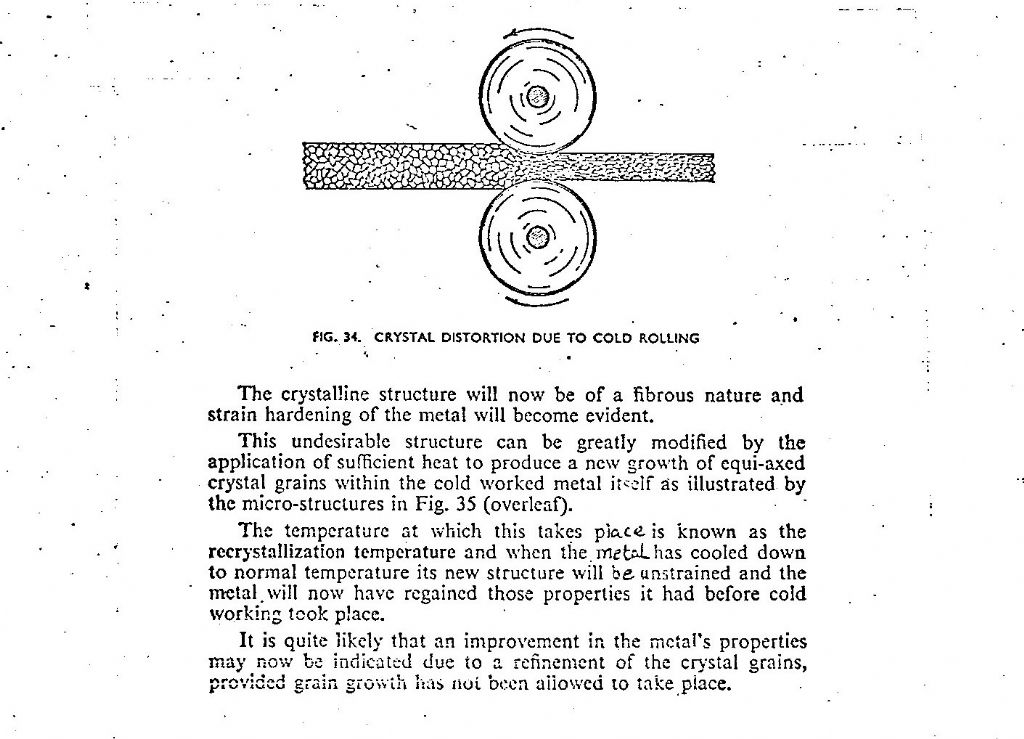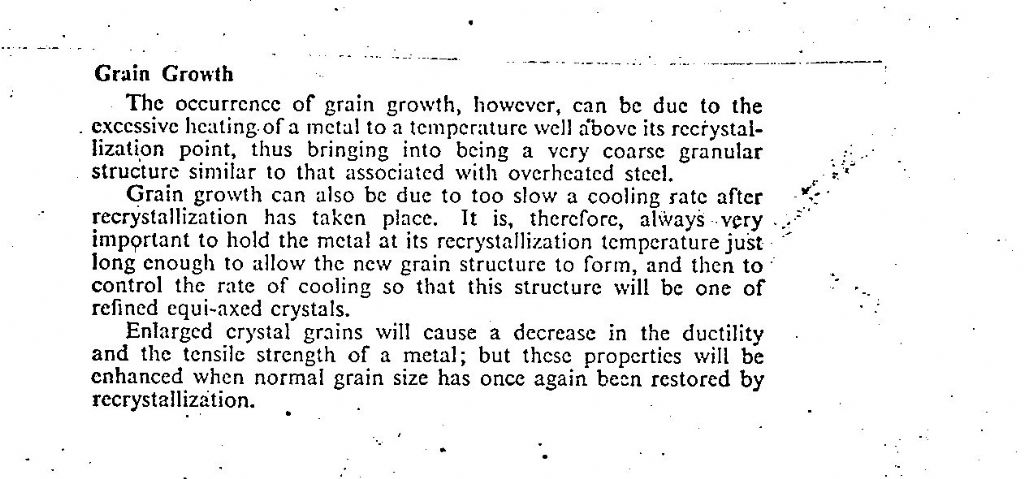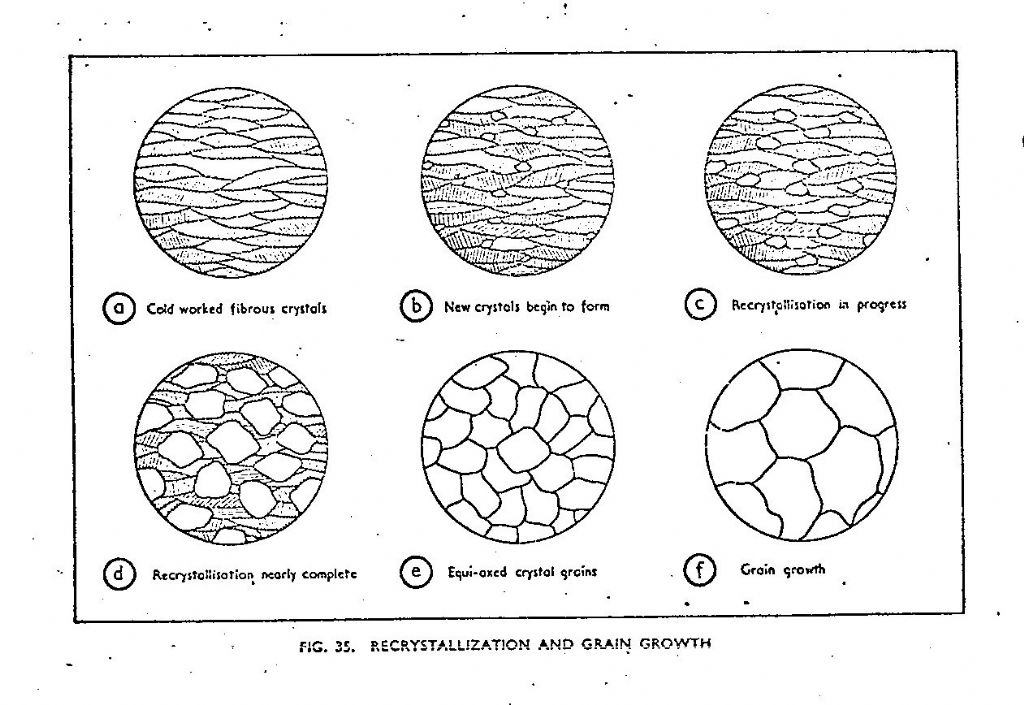We don't know where you are but if in the UK, you are very unlikely to find the American grades Hopper suggests!
The EN-series is an old British industrial standard, but the modern identities like 230Mxx are essentially the same materials under international trade-standard names.
It may not matter so much for a small engine run only occasionally on compressed-air or low-pressure steam; but it is normal practice for parts running on each other to be of different materials; so you may as well start in that way.
In a model steam engine, typically the –
– cylinder, valve-chest are of cast-iron or gunmetal,
-piston and slide-valve often gun-metal; piston-rod and valve-spindle normally of a free-cutting stainless-steel
– cross-head is of cast-iron running on steel guide-bars (mild-steel is fine),
– eccentric straps and sheaves vary from design to design but can be of mild-steel running on gun-metal or cast-iron, or gun-metal on mild steel, with no set rule as to which partner is of which metal. Usually the strap would use the bronze or steel due to the thin sections.
– connecting rod(s), linking parts, for mild-steel. Normally one-piece each.
– crankshaft of mild-steel (built-up usually – they can be machined from solid if you like a challenge), with gun-metal big-end and journal linings.
– small parts like lubricators and drain-cocks can be machined from brass bar.
"Gun-metal" is a type of bronze, and one variety is lead-bearing for better machining and running characteristics.
'
Bronze cylinders excepted, these choices are pretty much as was the industrial practice we are replicating.
Look in the ads on here and in the two magazines for materials stockists supplying the hobby, for all those metals I have listed.
I'd advise against buying steel from the DIY building-supplies merchants. It is fine for its intended purposes but not cheap, and not best for precision engineering. It can be used in some areas of large-scale model projects, but with care to match metal to purpose and process.
.
On a general point, EN1A is easier to machine to a fine, accurate finish than is EN3B (or their modern equivalents for both); but as others have said the crucial point is in the operating! So good tool-grinding and setting, and appropriate cutting speeds and feeds.
As others have said, using "pre-loved" steel is a gamble! A clue to its suitability, if salvaged from a scrapped machine, is to consider its original purpose. I have used old cable-drum tie-bars, ostensibly "just" mild-steel, and they proved some of the least machinable stuff I have found! A carbide tool just ripped its surface but I obtained a finish sufficient for a static part later painted, with an HSS tool carefully ground.
'
On tooling…
Some swear by carbide insert tool – and often swear you need run the machine very fast for it to work but I have not found that necessarily true. These tools are made for very fast cutting on modern, massive industrial machines but they still work at modest rate. They are expensive though, and fraught with difficulties because they come in more varieties than Heinz foods, by their designed trade uses.
Some swear by HSS tooling, and for a beginner (or anyone really) this is often the better and certainly far more economical option. It is easy to sharpen with a reasonably good off-hand grinder, and writers like Harold Hall have published designs for simple tool-rests to enhance such a machine for the purpose. Good machining exercises, making them, too!
Some use either HSS or insert tooling according to purpose, and there are times when either is better than the other for the particular operation.
Anonymous.








